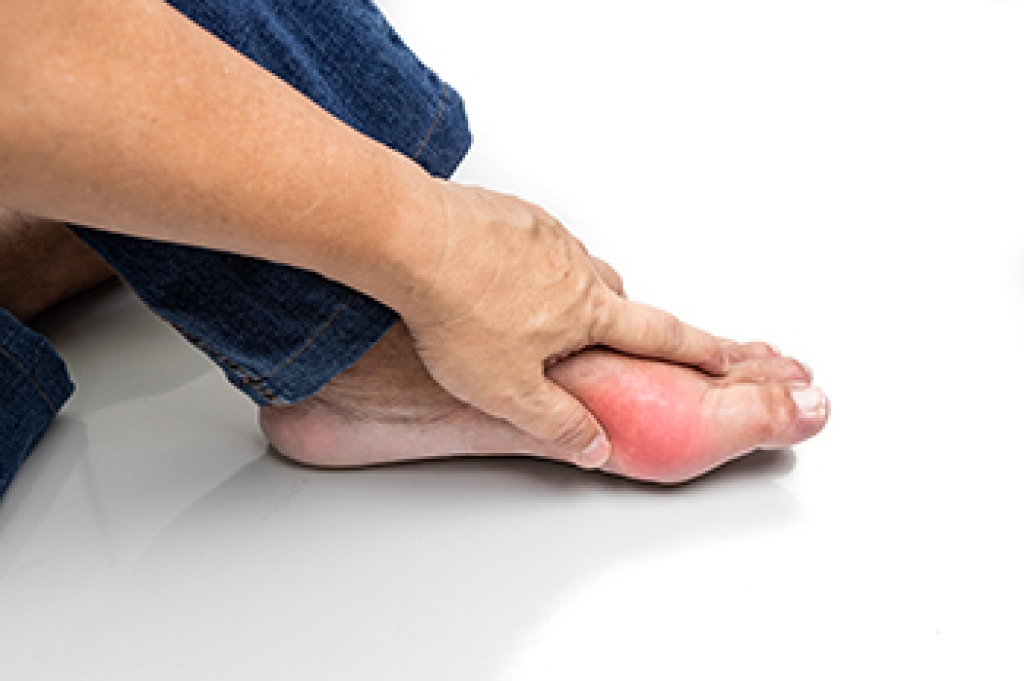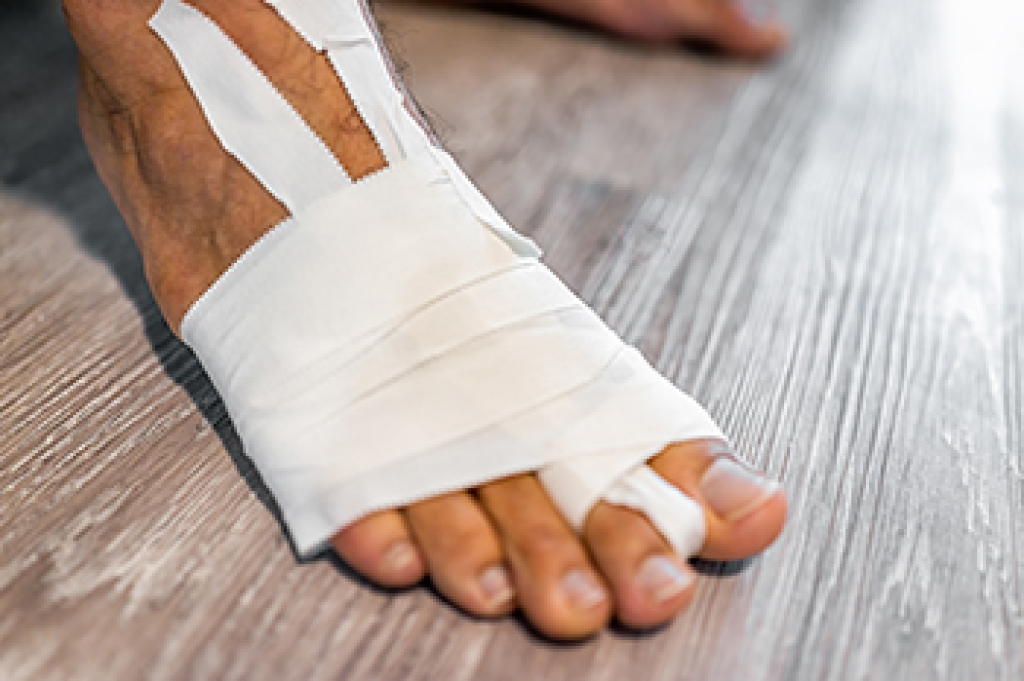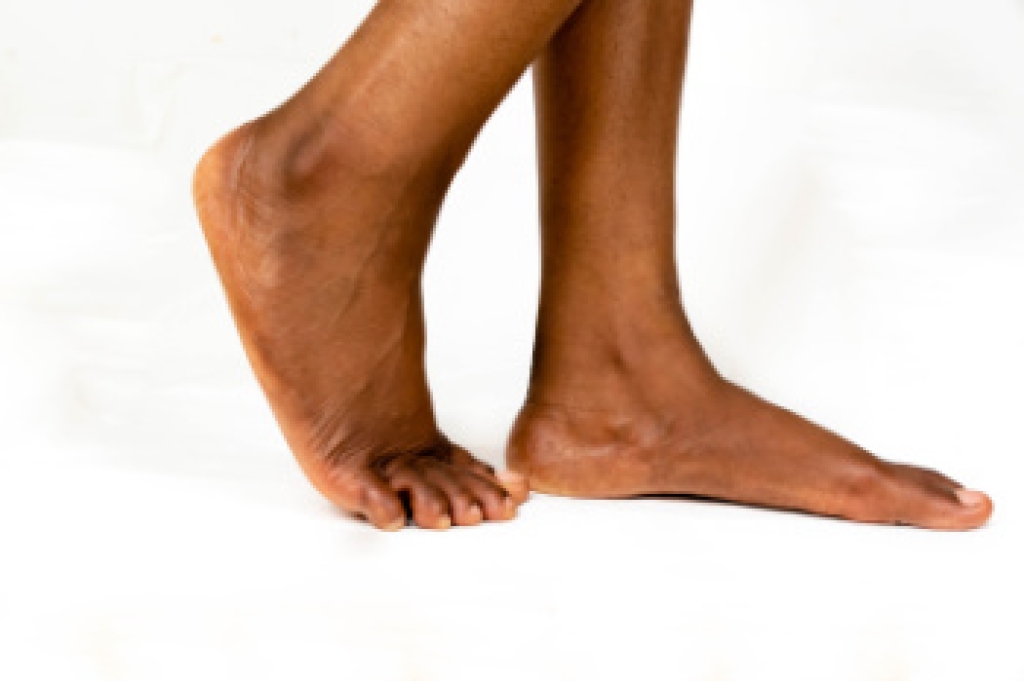
Certain factors increase the chance of gout, which causes severe pain in the feet. High uric acid levels place stress on the joints, especially around the big toe where gout attacks often begin. The problem occurs when the kidneys do not clear uric acid waste efficiently. Eating large amounts of foods high in purines, drinking alcohol, or consuming beverages with high fructose corn syrup can raise uric acid even more. Extra body weight increases pressure on the feet and can contribute to higher uric acid levels over time. Some health conditions, such as kidney problems or metabolic issues, also raise the likelihood of a painful gout flare-up in the toes or ankles. Wearing shoes that lack adequate support, or flip-flops to replace proper footwear, can place added pressure on an already irritated big-toe joint. A podiatrist can examine swollen joints, review flare patterns, and recommend supportive devices that help reduce strain on painful areas. If you have symptoms of gout, it is suggested that you make an appointment with a podiatrist for a diagnosis and help managing this painful condition.
Gout is a painful condition that can be treated. If you are seeking treatment, contact one of our podiatrists from Mt Rose Foot & Ankle Specialists. Our doctors will treat your foot and ankle needs.
What Is Gout?
Gout is a form of arthritis that is characterized by sudden, severe attacks of pain, redness, and tenderness in the joints. The condition usually affects the joint at the base of the big toe. A gout attack can occur at any random time, such as the middle of the night while you are asleep.
Symptoms
- Intense Joint Pain - Usually around the large joint of your big toe, and it most severe within the first four to twelve hours
- Lingering Discomfort - Joint discomfort may last from a few days to a few weeks
- Inflammation and Redness -Affected joints may become swollen, tender, warm and red
- Limited Range of Motion - May experience a decrease in joint mobility
Risk Factors
- Genetics - If family members have gout, you’re more likely to have it
- Medications - Diuretic medications can raise uric acid levels
- Gender/Age - Gout is more common in men until the age of 60. It is believed that estrogen protects women until that point
- Diet - Eating red meat and shellfish increases your risk
- Alcohol - Having more than two alcoholic drinks per day increases your risk
- Obesity - Obese people are at a higher risk for gout
Prior to visiting your podiatrist to receive treatment for gout, there are a few things you should do beforehand. If you have gout you should write down your symptoms--including when they started and how often you experience them, important medical information you may have, and any questions you may have. Writing down these three things will help your podiatrist in assessing your specific situation so that he or she may provide the best route of treatment for you.
If you have any questions, please feel free to contact our office located in Reno, NV . We offer the newest diagnostic and treatment technologies for all your foot care needs.




